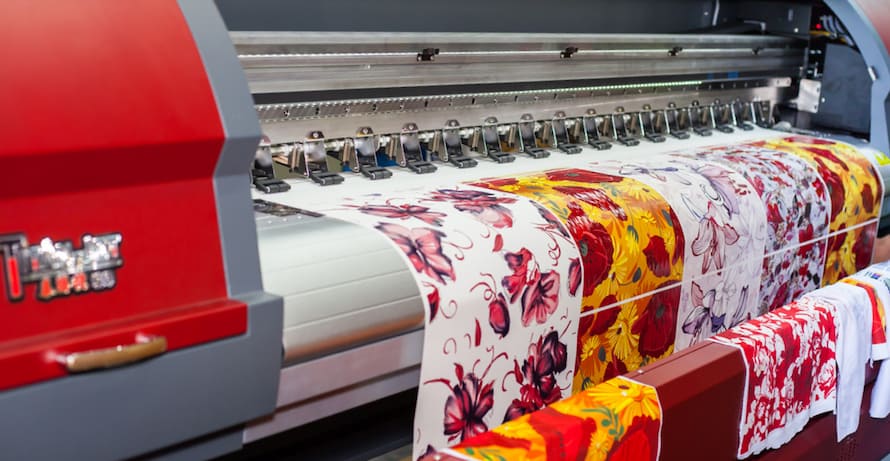3D printing has revolutionized the manufacturing industry, allowing for the creation of complex and intricate designs with ease. However, with the rise of 3D printing comes concerns about its impact on the environment. In this article, we will explore the environmental impact of 3D printing plastic and discuss ways to mitigate its negative effects.
The Environmental Impact of 3D Printing Plastic
The primary concern with 3D printing plastic is the amount of waste it generates. Unlike traditional manufacturing methods, 3D printing produces a significant amount of plastic waste in the form of support structures, failed prints, and unused filament. This waste can end up in landfills, where it can take hundreds of years to decompose.
In addition to waste, 3D printing plastic also contributes to air pollution. The process of melting plastic filament releases harmful fumes, including volatile organic compounds (VOCs) and ultrafine particles. These pollutants can have negative health effects on both humans and the environment.
Ways to Mitigate the Negative Effects of 3D Printing Plastic
Fortunately, there are several ways to reduce the negative impact of 3D printing plastic on the environment. One way is to use biodegradable or compostable filaments made from materials such as cornstarch or bamboo. These materials break down much faster than traditional plastics and are less harmful to the environment.
Another way to reduce waste is to optimize 3D printing settings to minimize the amount of support material needed. This can be achieved by adjusting the orientation of the print or using specialized software to generate support structures only where necessary.
Finally, recycling and reusing plastic waste can significantly reduce the environmental impact of 3D printing. Many companies now offer recycling programs for 3D printing plastic, allowing users to send in their waste for processing into new filament.
Conclusion
In conclusion, 3D printing plastic does have a negative impact on the environment, primarily through the generation of waste and air pollution. However, by using biodegradable filaments, optimizing printing settings, and recycling waste, we can mitigate these negative effects and make 3D printing a more sustainable manufacturing method. As 3D printing continues to grow in popularity, it is essential to consider its impact on the environment and take steps to reduce its negative effects.
